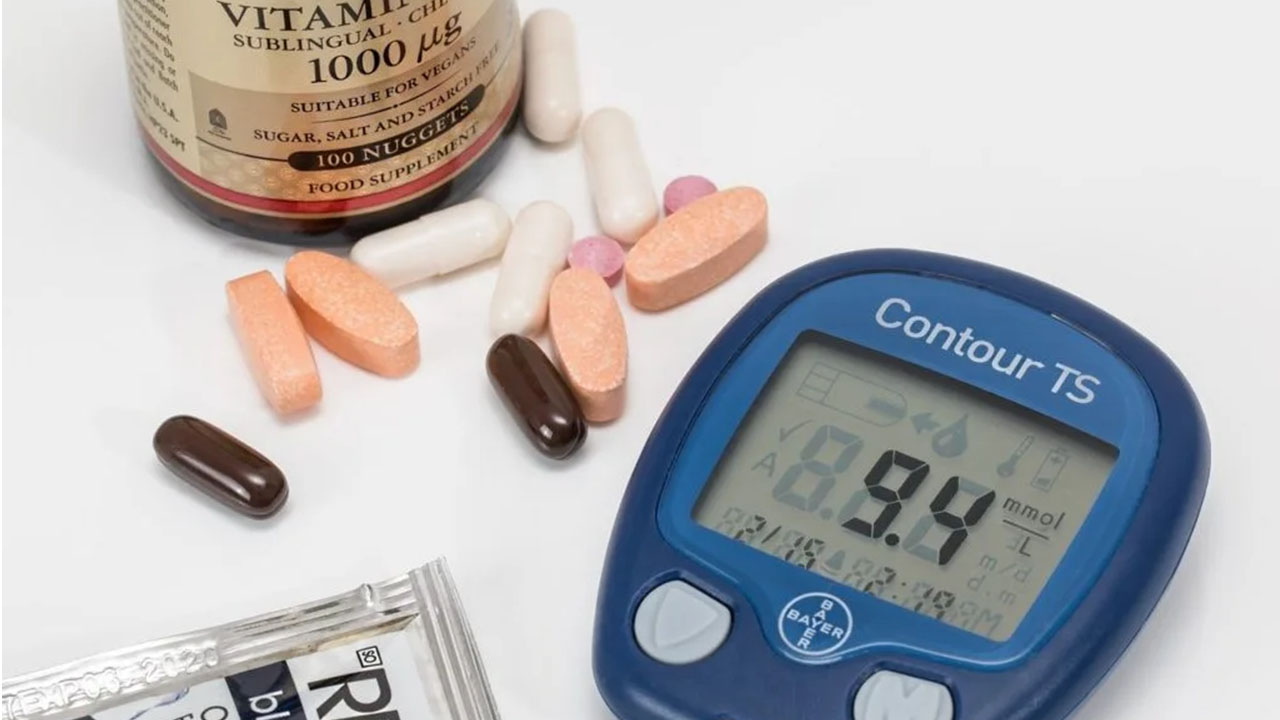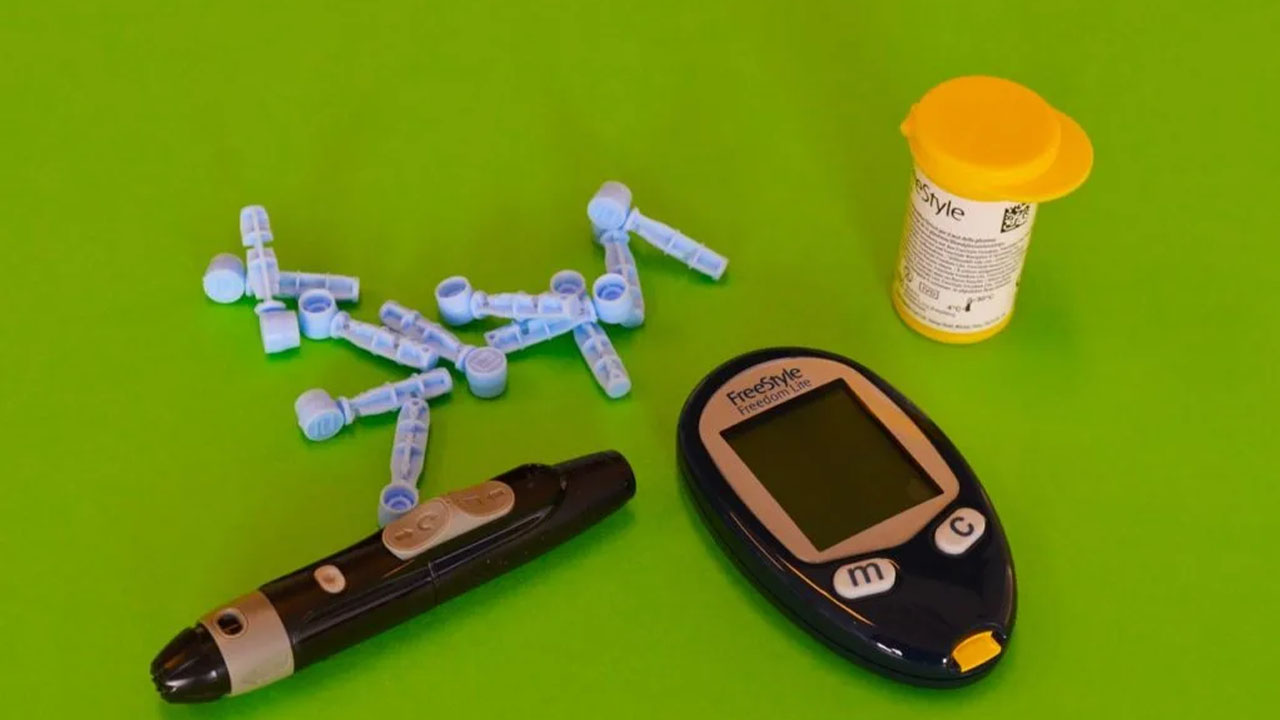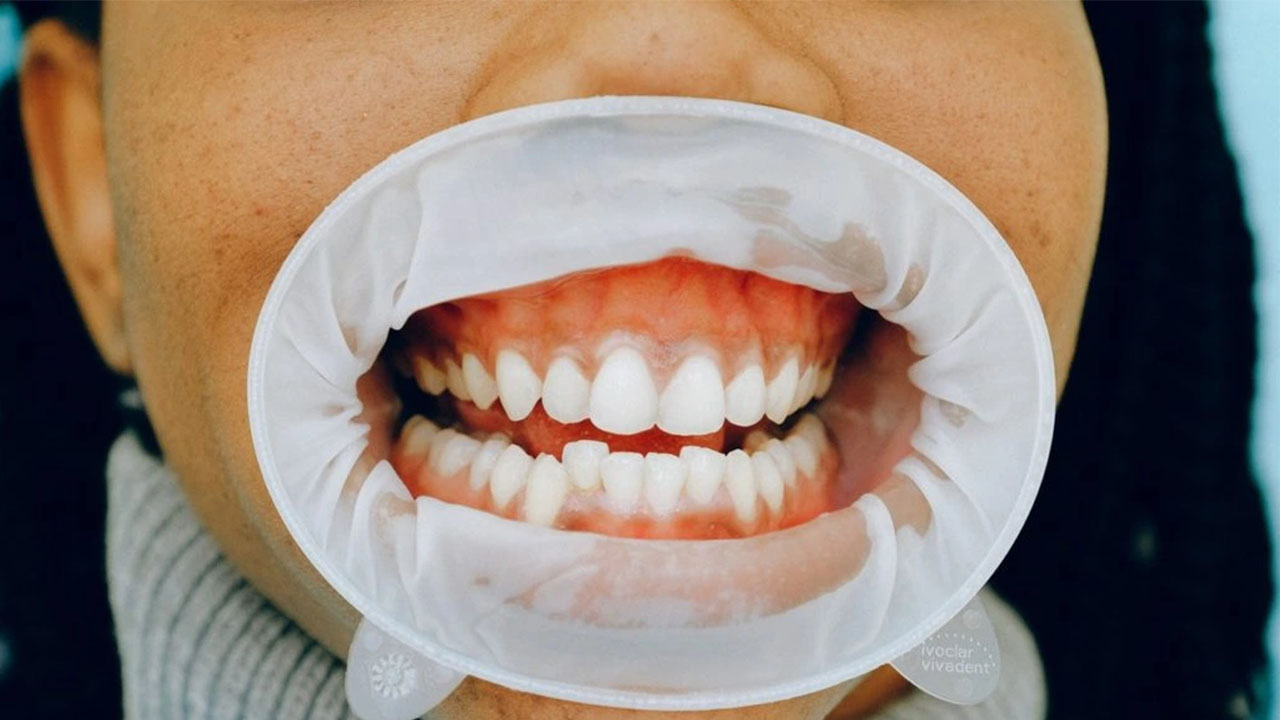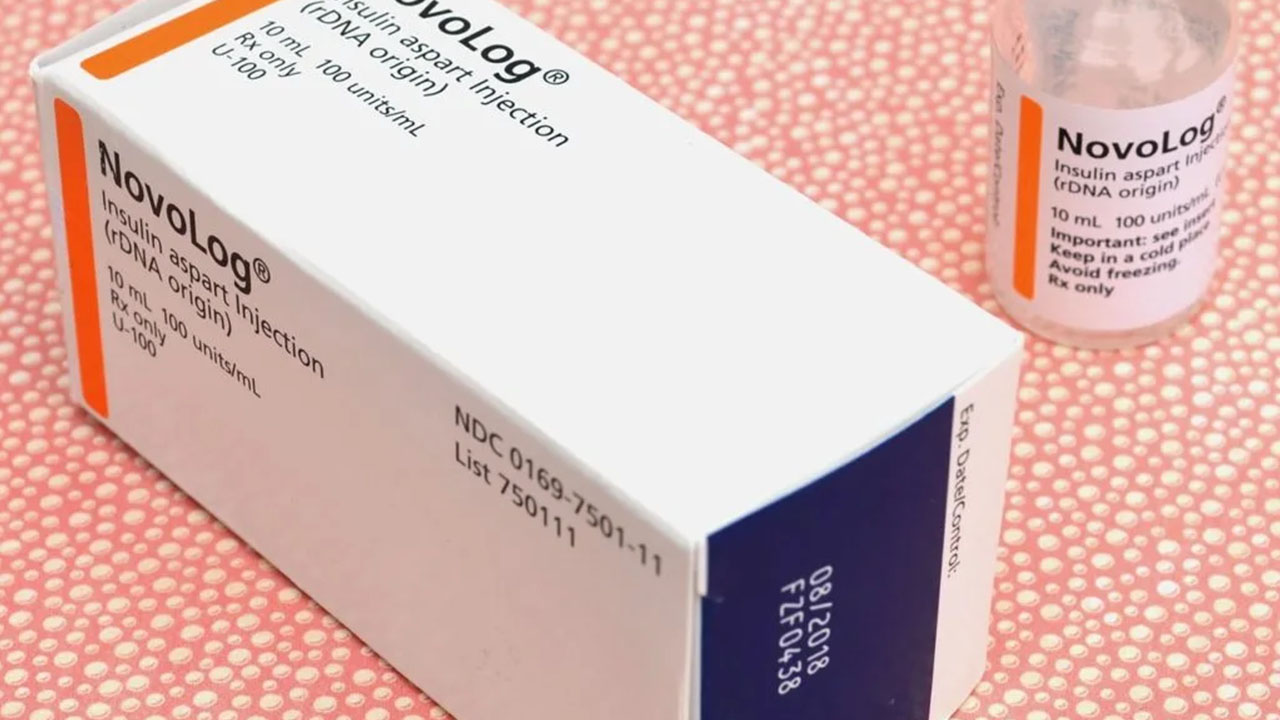Type 1 Diabetes, formerly known as ‘Juvenile diabetes’ or ‘insulin-dependent diabetes,’ is a chronic condition in which the pancreas fails to produce the required amounts of insulin or does not produce it. It mainly occurs in childhood, most commonly before puberty. Type 1 diabetes is not a common condition. If you look collectively over the diabetic patients, then 90-95% of people have Type 1 diabetes, while only 5-10% of people are diagnosed with Type 2 Diabetes.

Type 1 diabetes is, however, less frequent among people, but still, it is a point of concern and can acquire more severe complications than the other type. With little or no insulin, the glucose fails to enter the cells; thus, the energy formation process within the organelles is hindered. On the other hand, the glucose cannot be processed and remains in the blood, and over the period, it accumulates, and high sugar levels rise in the body, leading to Type 1 diabetes.

Unlike Type 2 diabetes, Type 1 cannot be reversed, and as we know, a one-time proper cure for Diabetes is not available at present. One has to live with it by adopting appropriate methods and bringing adequate lifestyle changes.
What Causes Type 1 Diabetes?
Some of the following reasons mainly cause type 1 diabetes.

Autoimmune Reaction
Type 1 Diabetes is mainly considered an autoimmune reaction. In this state, the body starts attacking itself mistakenly. And particular, it attacks the beta cells of the pancreas that are designated to make insulin (a hormone that aids the cells to take in glucose), and thus, the sugar levels rise within the body. This autoimmune reaction can take months to years to show up the reactions, and some of the typical symptoms involve:

- Frequent thirst.
- Urgent need to pee.
- Dry mouth.
- Blurry vision.
- Slow clotting of injuries and cuts.
You can control this condition from developing into other life-threatening conditions by instantly catching up with the symptoms and reporting it to your doctor.
Viruses

Viruses have also been associated with the stimulation of Type 1 diabetes. These viruses have been found to promote autoimmunity in the body, leading to Type 1 diabetes. The following are some of the viruses that can cause Type 1 Diabetes.
Therefore, if you have contracted any such viruses, you should talk with your doctor about the situation, and he/she can tell you about the changes you will need to bring into your life.
Inheritance
Type 1 Diabetes, unlike type 2, has higher chances of inheritance. Therefore, if any of your parents or grandparents have a diabetic record, then chances of your Type 1 diabetes are remotely present. They even get higher when both parents are diagnosed with the same condition.

But fortunately, inheritance records can easily be tracked down. Thus, you can adopt adequate controlling measures from the very start or implement them on your children if you have Diabetes.
Symptoms
Besides looking out for the causes, Type 1 diabetes can be detected by initially detecting the symptoms. They might appear as common and minor routine issues, but if prolonged, they should never ignore and report them urgently to the doctor.

- Frequent thirst.
- Peeing while asleep.
- Increased hunger.
- Frequent urination.
- Sudden weight loss.
- Fatigue.
- Weakness.
- Blurred vision.
- Upset stomach, diarrhea, and constipation.
- Headache.
- Sudden mood swings.
Besides these, some common symptoms and other factors like shortness of breath can also show up, and symptoms can also vary in their nature from person to person.
Age Factor
Type 2 diabetes develops mainly during the 40s, but Type 1 diabetes usually shows up at a younger age, and you are more likely to develop it if you are in your 20s. Therefore, you have to adopt a healthy lifestyle from the very start. It is also mandatory for diabetic parents to take appropriate measures for their children since Type 1 can also show up at any time during childhood. The first peak of Type 1 diabetes is likely to occur from 4 to 7 years, and the second peak is active mainly during 10 to 14 years.

Thus keeping track of the genetic records, looking out for viruses, and getting a regular check-ups of yourself is equally essential.
Health Complications
Diabetes is not a threat itself, but it can invite many other health complications like many other diseases. Some of them can even be life-threatening if not adequately controlled.
Let’s view some of the most common complications associated with Type 1 diabetes.
Heart Problems
Heart diseases are primarily associated with high glucose levels, and when you have Type 1 diabetes which tends to attack in early life, the chances become more common. If not adequately controlled, then Diabetes can invite severe heart problems like cardiovascular disease, atherosclerosis, heart strokes, and attacks, and even cause hypertension.
Kidney Problems
In the presence of Diabetes, kidney filtration function can also be hindered. This can result in renal or kidney failure. And instead, you have to go for a transplant or dialysis in such complicated situations.

Nerve Damage
Nerve damage or neuropathy is one of the common ailments frequently associated with Type 1 Diabetes. The excess sugar levels in your blood can damage the nerve walls by exerting too much pressure. It can affect the nerves in any part. From the legs to the digestive tract and reproductive system, nerve injuries are expected thanks to uncontrolled sugar levels within the body.
Some of the most common symptoms include numbness in hands and feet, and if not treated, it can disrupt the digestive system causing frequent diarrhea and nausea. Uncontrolled levels can lead to the complete loss of sensation in a particular body part or even erectile dysfunction in men.
Eye Problems
Diabetes can also damage your retina nerves leading to retinopathy that can start anywhere from slightly blurry vision and end up with severe complications like Glaucoma and, ultimately, complete blindness. Through a source from WebMD, it has been found that 80% of adults having Diabetes also suffer from retinopathy. In some rare situations, retinopathy can even show up before puberty.
Skin Infections
When you suffer from Type 1 infections, the skin can become sensitive, and the immune system can disrupt. Thus the skin can quickly become victim to certain infections like diabetic blisters and can even lead to fungal and specific allergic reactions.
Gum Disease
Type 1 diabetes can also cause gum disease, lack of saliva, dry mouth, and other related problems.

If you face any complications mentioned above, report to your doctor immediately and adopt adequate measures for controlling Type 1 Diabetes.
Diagnosis
Type 1 Diabetes is usually diagnosed with the help of a blood test. If the blood sugar level is equal to or above 200 mg/dL, then you are diagnosed with Diabetes, and depending upon the age and the symptoms, the doctor can tell you the type you are suffering from. Similarly, urine tests can also be done for the diagnosis of Diabetes.

Once diagnosed, you can talk with your doctor about other medications and control of the condition.
Prevention
Unfortunately, we don’t have proper medication or prevention for Type 1 diabetes. It usually shows up unexpectedly, mostly during adolescence, and can be expected if one in the predecessor had the disease. The only way to deal with Type 1 diabetes is to adopt efficient control methods and bring adequate lifestyle changes. It might seem challenging, but it is not impossible to deal with. And with perseverance, you can deal with this condition in a better way and keep the complications at bay.
Treatment

As already described, there is no proper one-time cure for Type 1 diabetes, and one diagnosed should adopt ample control measures. The following are some methods considered sufficient to deal with Type 1 diabetes.
- Type 1 Diabetes patients need regular insulin shots as their bodies can no longer make sufficient insulin. Therefore, they need insulin to keep the body functioning correctly. There are types of insulin that doctors will prescribe after examining your health condition. The most common ones are short-acting and long-acting insulin.
- Diet changes are mandatory and can play a significant role in maintaining stabilized sugar levels within the body. You can opt for low-carb like a “Keto diet,” which cuts carbs and sugar consumption. It will make it easier for your body to run on even low insulin levels, and ultimately, the concerning complications will not show up.
- Besides taking a healthy and low-carb diet, you must stick to natural and whole foods. Healthy eating is the best control measure that you can adopt.
- Exercise has always been considered a proven step in controlling Type 1 diabetes. Staying physically active and fit can help drop sugar levels and prevent complications like heart disease, vision loss, and hypertension.
- Maintaining an ideal weight is equally important, as being overweight or obese can accelerate the body’s glucose levels. When your body is not producing insulin, it can lead to life-threatening circumstances.

These are some steps you can hold against Type 1 diabetes. If correctly observed, these steps can prove life-saving and ease your journey with this condition.
If you found our article helpful, let us know in the comment section. We would love to hear from you.




